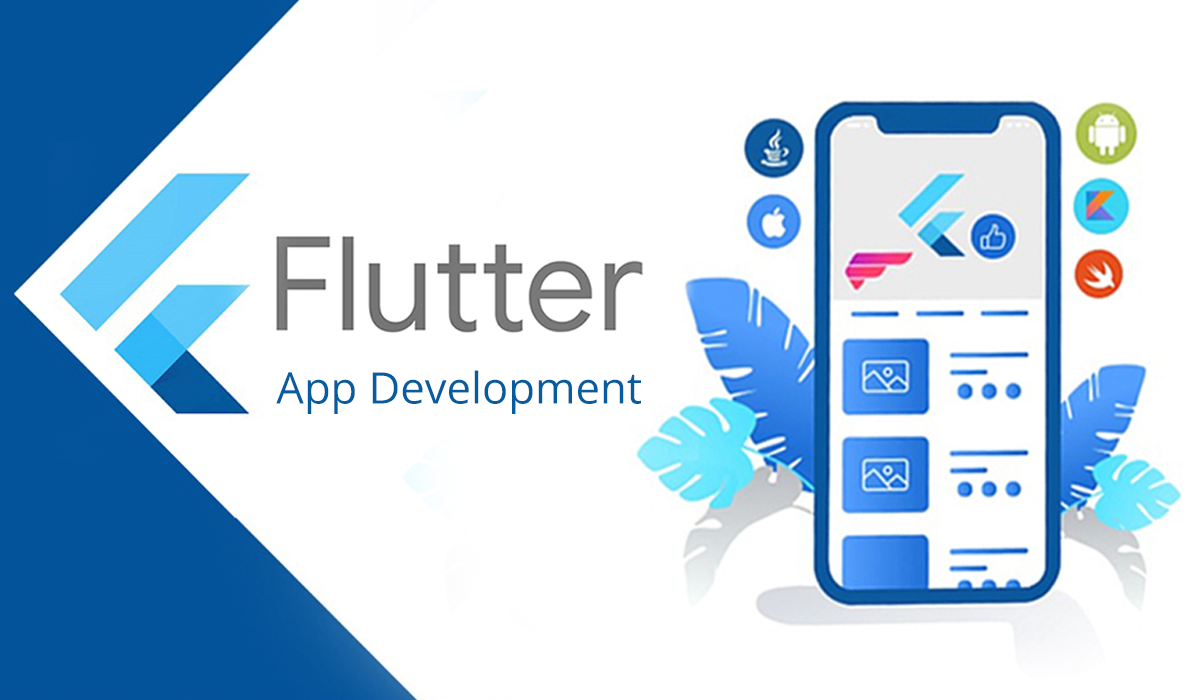In the rapidly evolving world of mobile app development, cross-platform frameworks have gained immense popularity for their ability to create high-performance applications that run seamlessly on multiple platforms. Flutter, developed by Google, has emerged as a leading choice for building cross-platform mobile apps with its robust features and impressive user interface capabilities. In this comprehensive guide, we will walk you through the process of building cross-platform mobile apps with Flutter, covering everything from setup and development to deployment and best practices.
-
Introduction to Flutter: Flutter is introduced as an open-source UI software development kit (SDK) designed by Google for building cross-platform mobile apps. Key features such as a reactive framework, expressive UI components, fast development cycles, and hot reload functionality are highlighted. These features make Flutter an excellent choice for developers looking to create visually appealing and high-performing mobile applications.
-
Setting Up Your Flutter Development Environment: Readers are guided through the process of setting up their development environment for Flutter. This includes installing the Flutter SDK, configuring an integrated development environment (IDE) like Visual Studio Code, and installing necessary dependencies. Proper environment setup ensures a smooth development experience.
-
Understanding the Flutter Architecture: The architecture of Flutter is explained, focusing on its widget-based approach. Readers learn how Flutter utilizes widgets to create user interfaces and how its reactive framework allows for real-time updates and efficient rendering. The concept of a single codebase for multiple platforms (iOS and Android) is also emphasized, showcasing Flutter's cross-platform capabilities.
-
Building UI with Flutter Widgets: The rich collection of Flutter widgets is explored, showcasing their versatility and how they enable developers to create visually appealing and responsive user interfaces. Examples of commonly used widgets, such as text, buttons, images, layout widgets, and gesture detectors, are provided, giving readers a solid foundation for creating UI components in Flutter.
-
State Management in Flutter: Different state management approaches in Flutter are discussed, including setState, Provider, BLoC (Business Logic Component) pattern, and Redux. Readers gain an understanding of when and how to use each approach based on the complexity of the app and scalability requirements. Proper state management ensures efficient app performance and a maintainable codebase.
-
Accessing Device Features and APIs: Flutter's ability to access platform-specific features and device APIs is showcased. Flutter plugins are introduced as a means to utilize camera functionality, geolocation services, sensors, and device storage. Readers learn how to integrate these features into their Flutter apps, enhancing their functionality and user experience.
-
Testing and Debugging Flutter Apps: Testing techniques in Flutter are covered, including unit tests, widget tests, and integration tests. Readers gain insights into how to write effective tests to ensure the reliability and stability of their apps. Tips and best practices for debugging Flutter apps are also shared, emphasizing the importance of the hot reload feature for faster development cycles and efficient bug fixing.
-
Deploying Flutter Apps: The process of deploying Flutter apps to the Google Play Store and Apple App Store is explained. Topics such as code signing, app store listings, and release management are discussed, providing readers with a comprehensive understanding of the deployment process. Proper deployment ensures that Flutter apps reach their intended audience on various app platforms.
-
Performance Optimization and Best Practices: Performance optimization techniques for Flutter apps are shared, enabling readers to enhance the speed and efficiency of their applications. Best practices for code organization, UI design, localization, and accessibility are also covered. These practices ensure that Flutter apps are well-structured, user-friendly, and accessible to a wider audience.
The guide concludes by emphasizing the significant impact Flutter has made in the world of cross-platform mobile app development. Readers are encouraged to leverage the knowledge gained from the guide to create powerful and engaging cross-platform mobile apps using Flutter. By following the comprehensive guide, developers can confidently navigate the entire app development process, from setup to deployment, while incorporating best practices along the way. Building with Flutter opens up endless possibilities for creating visually stunning and high-performing mobile applications that will captivate users on multiple platforms.


